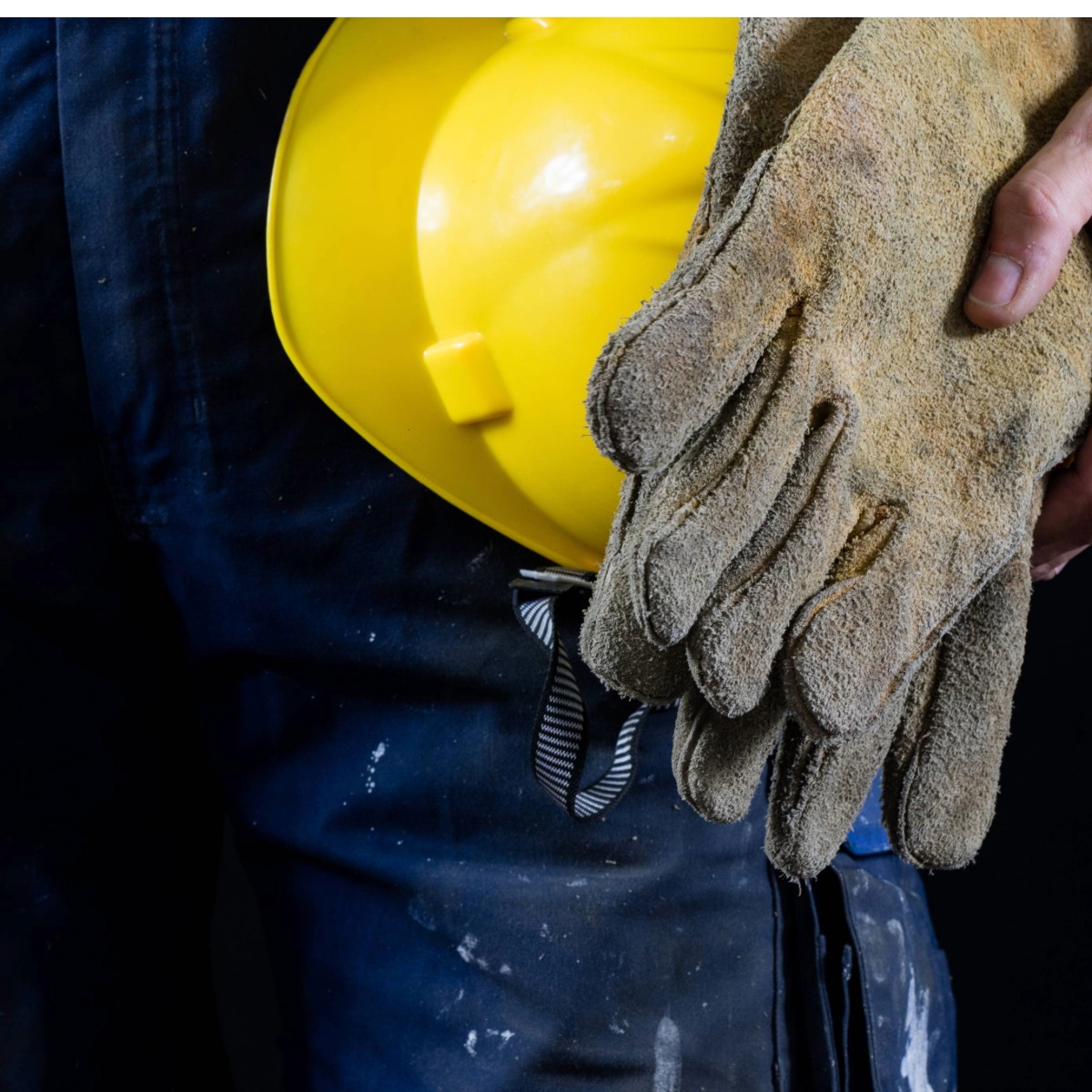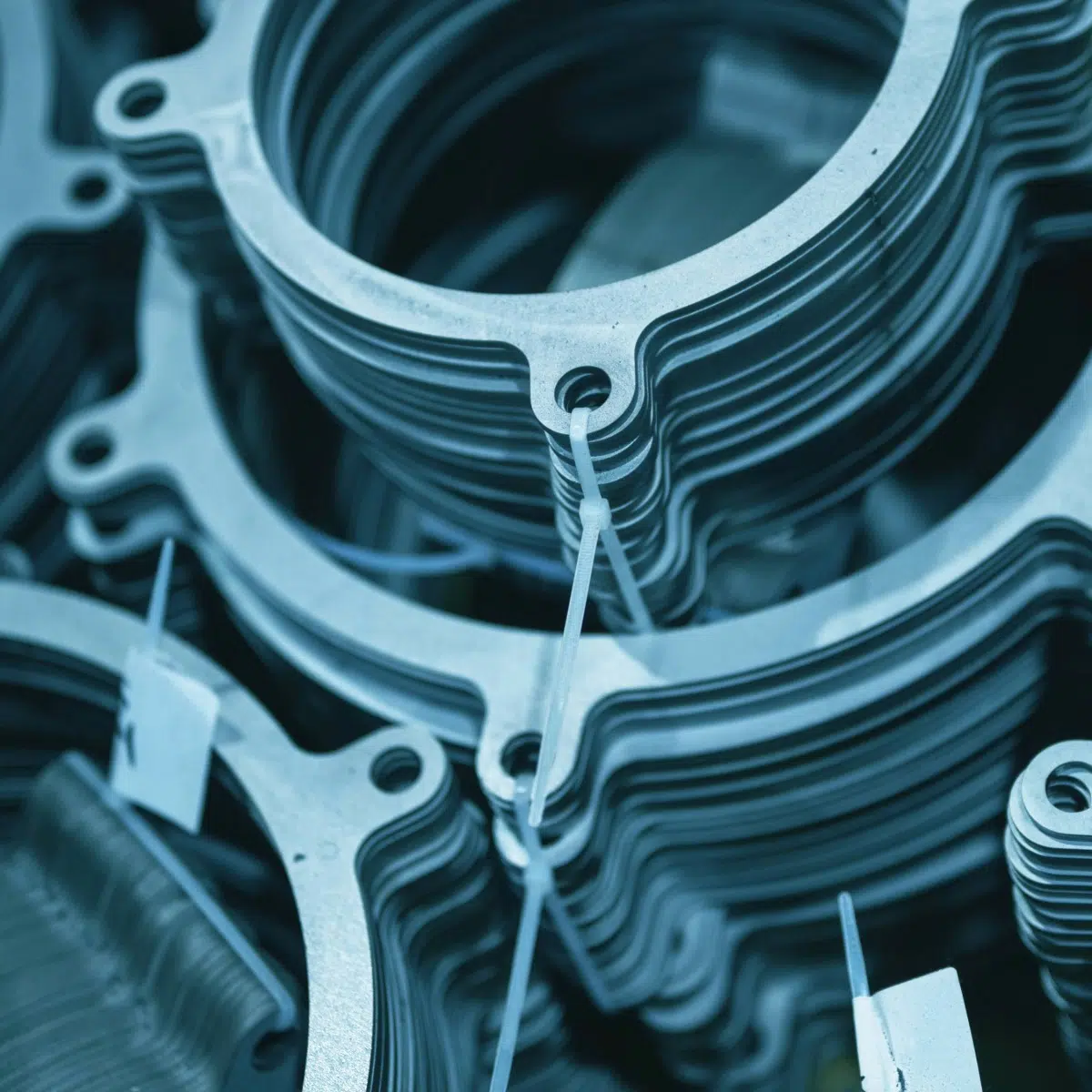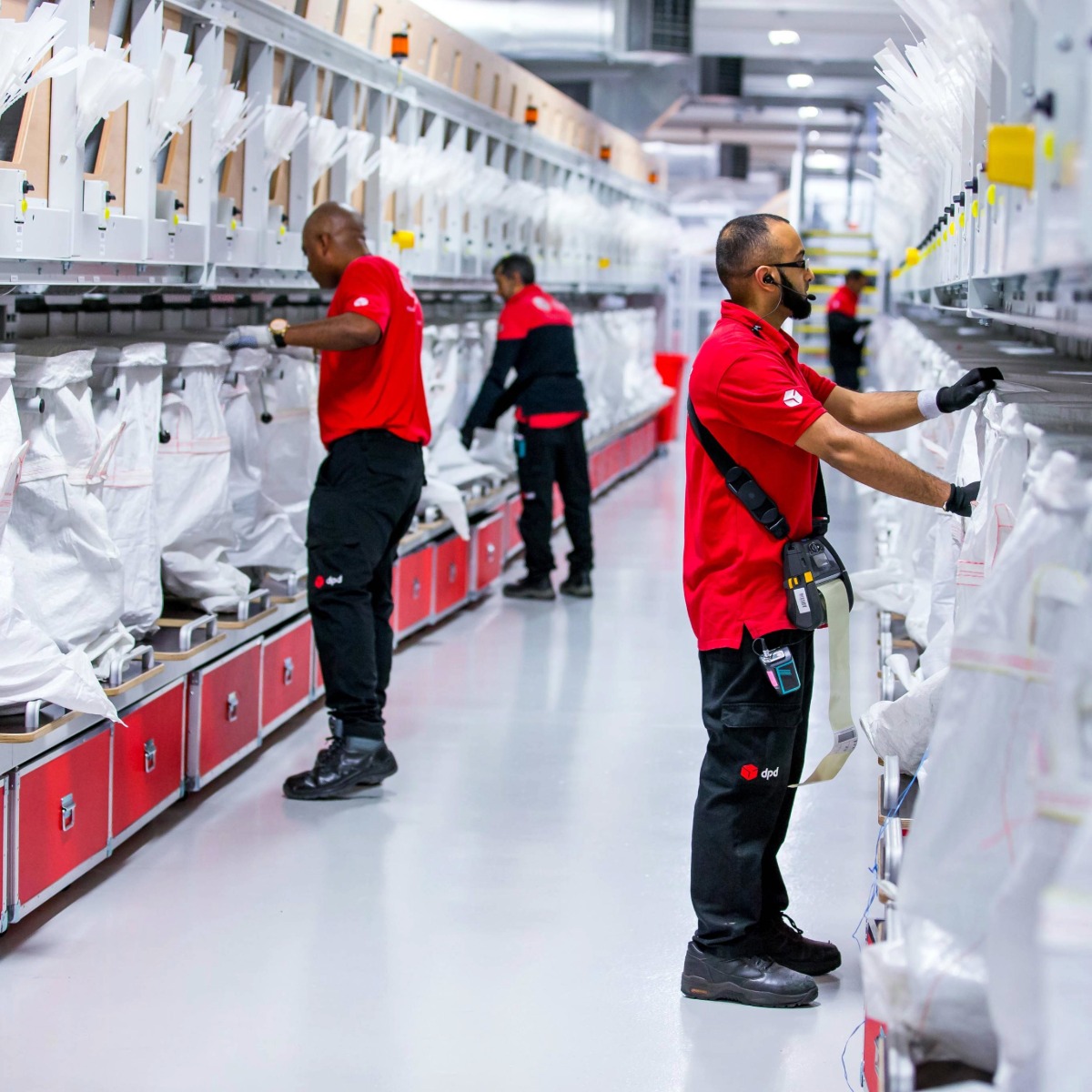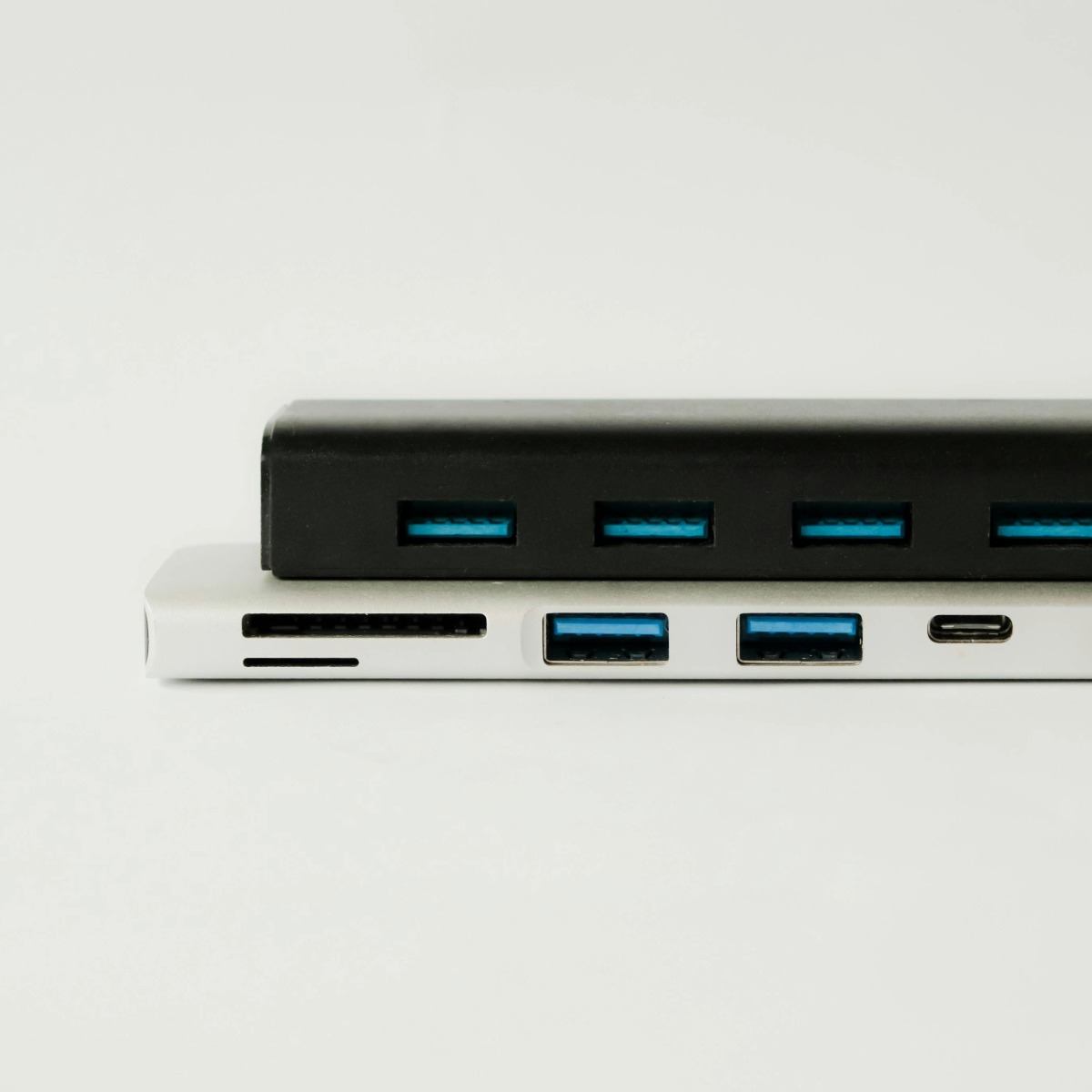
J.A. Harrison – Intelligent heating control that delivers proven savings
J.A. Harrison, a global leader in sealing solutions, wanted to cut energy use and carbon emissions without disrupting production. With our energy control system, they achieved 31% energy savings in just 12 months — reaching full payback in under six months.


31 %
Savings delivered
6
months payback period
19
Tonnes of CO2 saved
Context
J.A. Harrison are a world class sealing solution company. They manufacture and supply gaskets, seals, o rings, gland packings, PTFE and plastic components.
At their large UK manufacturing site, J.A. Harrison relied on three warm air blowers to provide heating for staff and process requirements at site. The system ran on standard smart controls, but inefficiencies and heat loss, particularly around roller shutter doors, led to unnecessary energy use.
With group-wide goals to reduce both energy costs and carbon footprint, and a gas contract renewal expected to increase costs further, J.A. Harrison needed a smarter, scalable control solution that could deliver fast, proven results and be replicated across its multi-site estate.
Solution
We carried out a detailed site survey to understand the building layout, heating demand, and existing control setup. We then installed our energy control system, retrofitting directly to the site’s warm air blowers.
The system introduced advanced control features with built-in energy-saving strategies — automatically adjusting heating in line with occupancy, process needs, and time schedules. It also helped reduce waste from heat loss around shutter doors by managing warm-up and shut-down cycles more efficiently.
Impact
Over a 12-month period, Pilot Group worked closely with J.A. Harrison to monitor performance through ongoing fuel analysis. The results were clear: 31% reduction in energy use, achieving full system payback within six months.
The new controls not only lowered operating costs but also supported J.A. Harrison’s wider sustainability and carbon reduction commitments.
It’s a smart system that we can control from a PC. Before you had to manually go to each control to make adjustments. The door sensors, where if not shut after so many minutes, the heating turns off, are probably our biggest fuel saving as the heat was going out the doors. Also, the way it gradually builds up heat and cools down according to the shift pattern is beneficial and having the sensors where the people are rather than on the controllers. After the success of the Manchester install, we had the same system installed at our Cardiff factory. We are already seeing reduction in energy use.
J.A. Harrison
Get in touch
Ready to power possibility, together?

